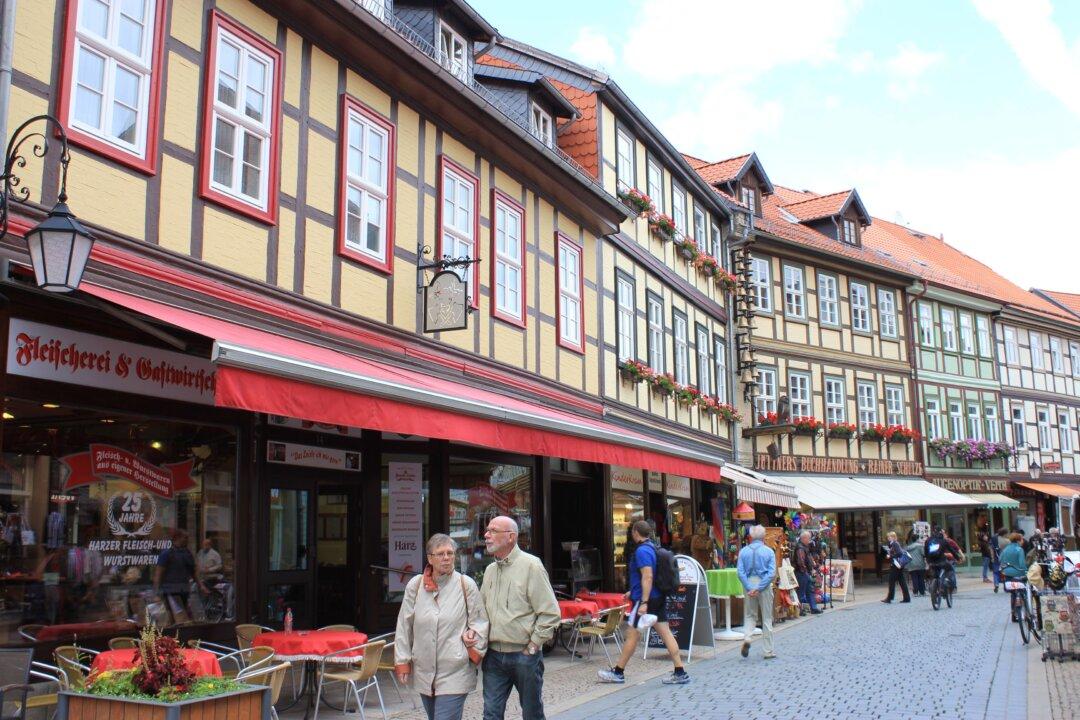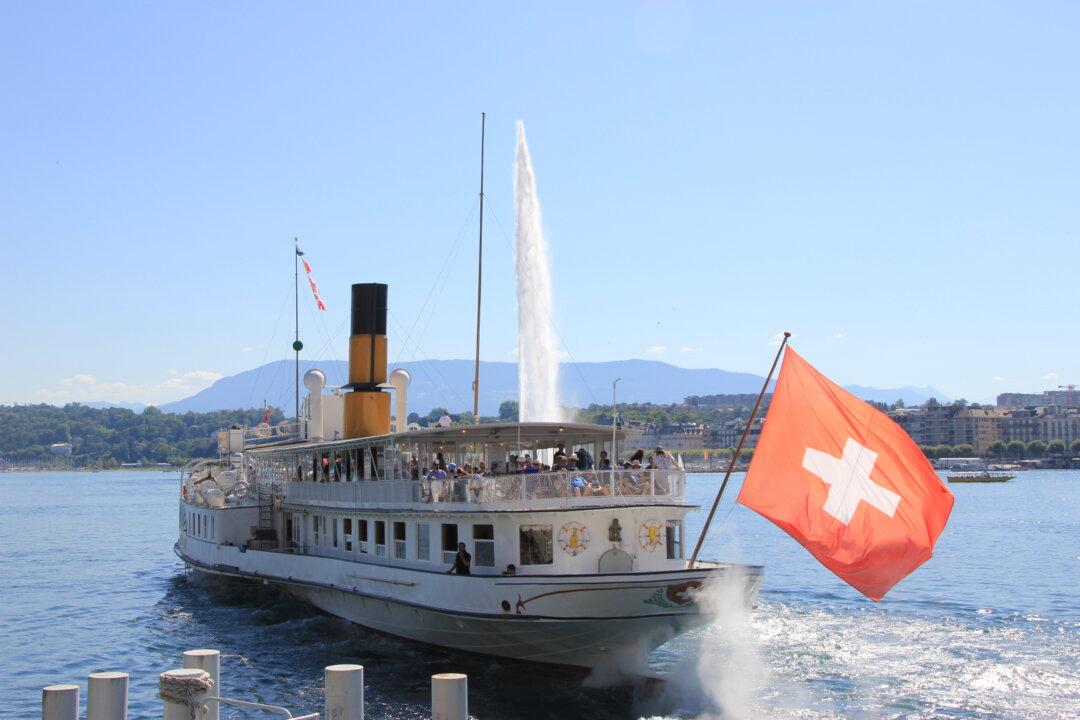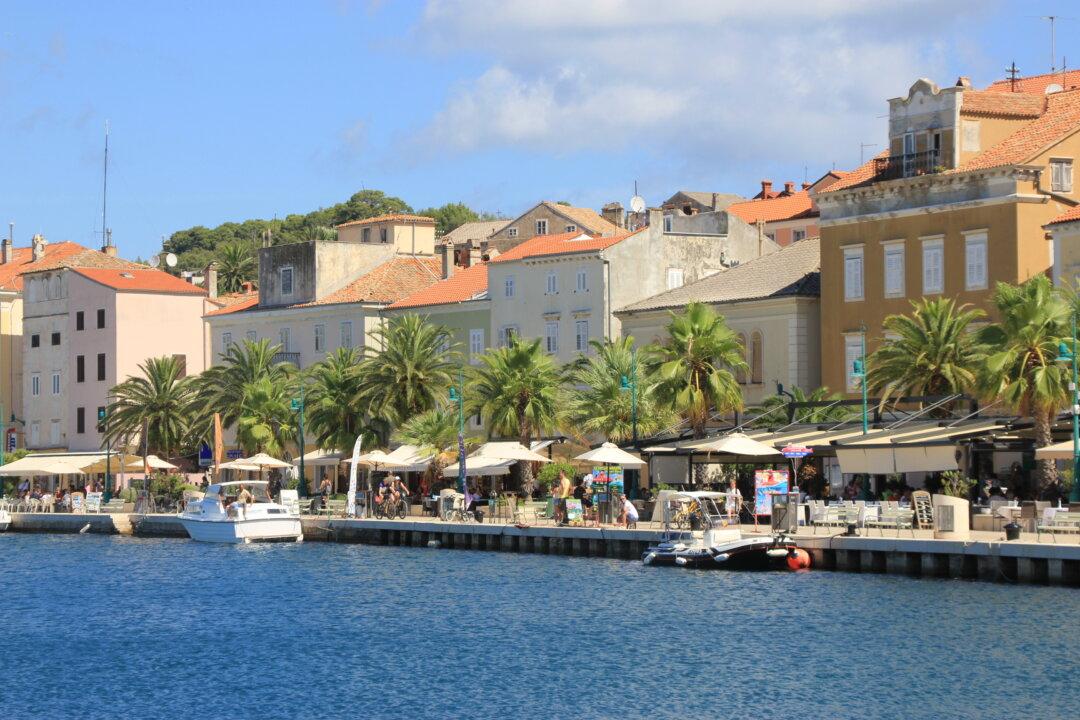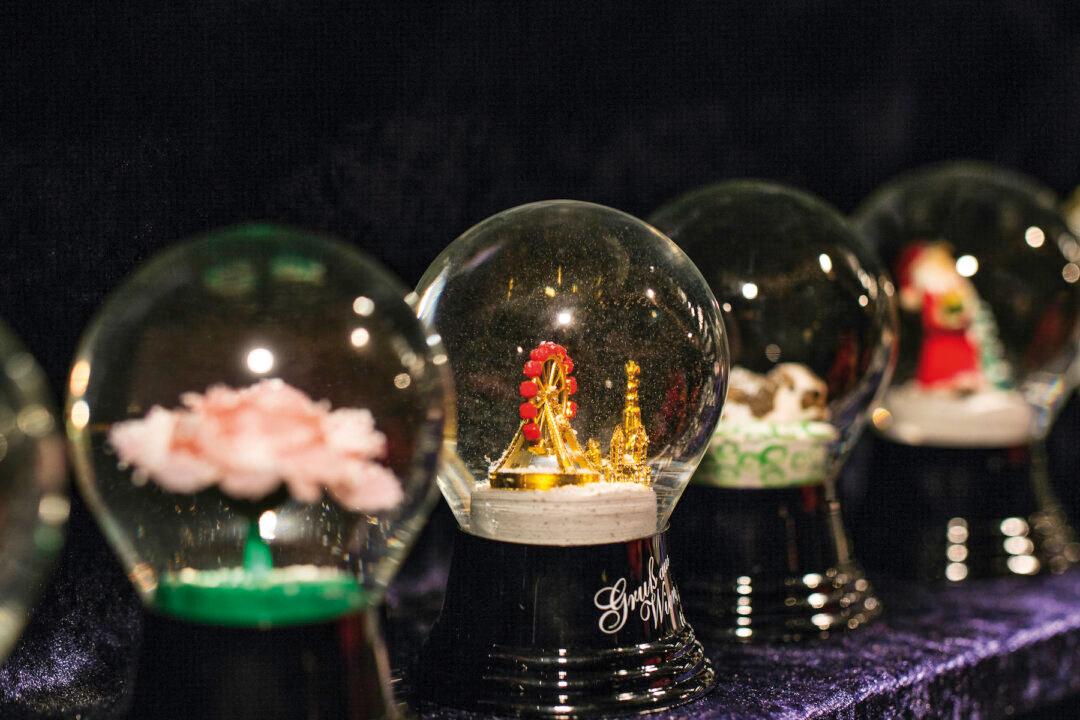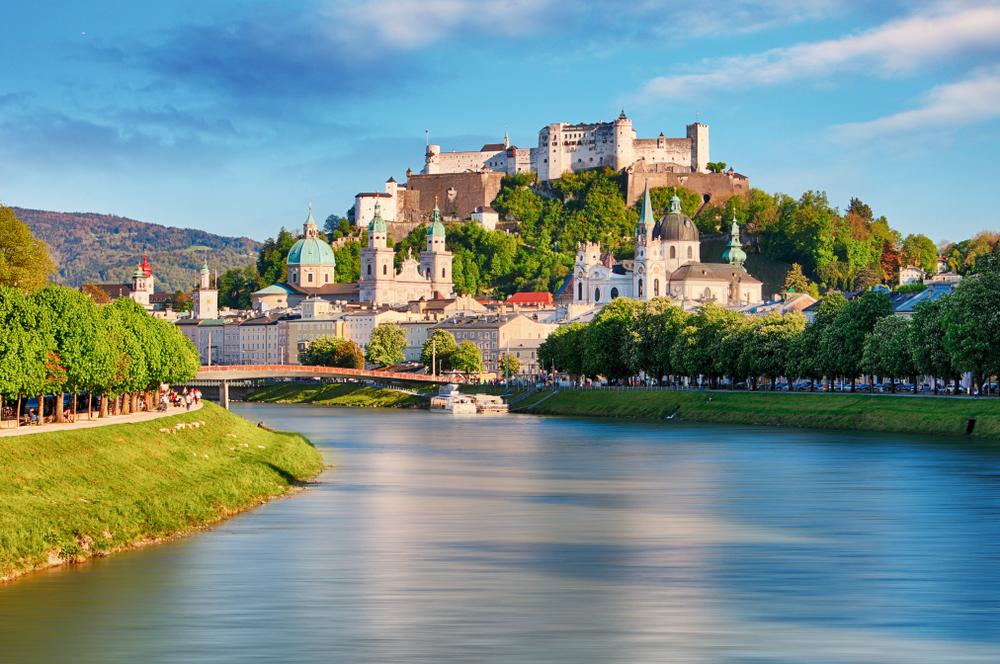For centuries, the Harz has been a mythical and much-feared mountain range in central Germany. Residents in the surrounding villages and towns believed that demons and ghosts lived there on the highest mountaintops and in the deepest mines.
Regional names likes Einhornhöhle (Unicorn Cave), Teufelsmauer (Devil’s Wall) and Hexentanzplatz (Witches’ Dancing Place) speak volumes of the myths and legends that are steeped in history and people’s minds.
The most famous legend is arguably the meeting of the witches on top of the Brocken Mountain, the range’s highest peak, an event vividly described in the first part of Goethe’s “Faust.”
Everywhere in the Harz region, Walpurgis Night, or May Day Eve, is celebrated on April 30 with fireworks and concerts staged on top of the Brocken, signifying the arrival of the warmer season.


